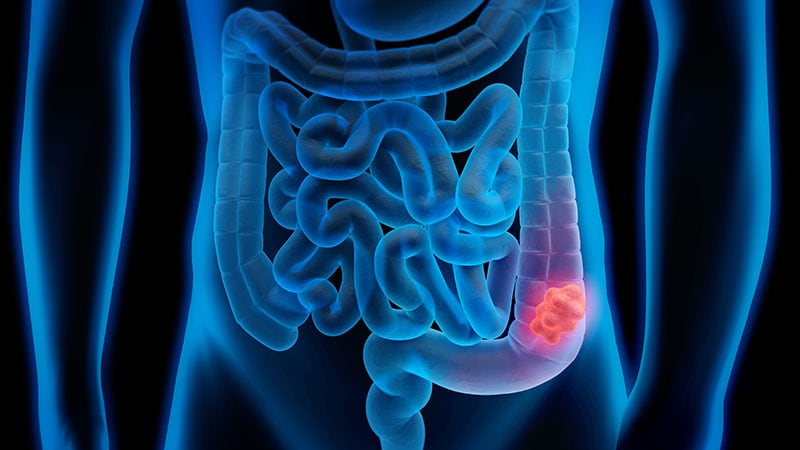Public Health England (PHE) has further updated its guidance on infection prevention and control for COVID-19.
The main changes are:
- To clearly explain the personal protective equipment (PPE) required for different common clinical scenarios, three new tables have been added - one for hospitals; one for primary care, outpatient and community and social care; and one for ambulance, paramedics and pharmacy staff.
- An additional, fourth table describes when to use PPE for all patient encounters (not just patients with suspected or confirmed COVID-19) at a time when there is sustained community transmission of COVID-19, as is currently occurring in the UK, and the likelihood of any patient having coronavirus infection is raised.
- The guidance explains that in some circumstances, PPE can be worn for an entire session (such as a ward round) and does not need to be changed between each patient.
- Patient contact is now defined as being within 2 m (rather than within 1 m) of a patient, which is more precautionary and is consistent with the distancing recommendations used elsewhere.
- Hand-washing advice has been updated to include washing of forearms, when forearms have been exposed or may have been exposed to respiratory droplets or other body fluids.
- Filtering facepiece (FFP) 2 and N95 respirators may be used for some aerosol-generating procedures if FFP3 respirators are not available. FFP3 respirators offer a slightly higher level of protection than FFP2 respirators.
- Advice on re-usable PPE components, including the need to refer to the manufacturer’s guidance on decontamination.
- Recommendations about the use of face masks by patients.
- General formatting improvements to make it easier to access different sections of the guidance.
- Recommendation on the use of disposable fluid-repellent coveralls as an alternative to long-sleeved fluid repellent gowns for aerosol-generating procedures or when working in higher-risk acute areas. Staff need to be trained in safe removal of coveralls.
References
References


